Using Small Signs To Encourage Student Participation In A Virtual Classroom
At the most basic level, these could be thumbs up/thumbs sideways/thumbs down. They could also be question marks and exclamation points.

At the most basic level, these could be thumbs up/thumbs sideways/thumbs down. They could also be question marks and exclamation points.
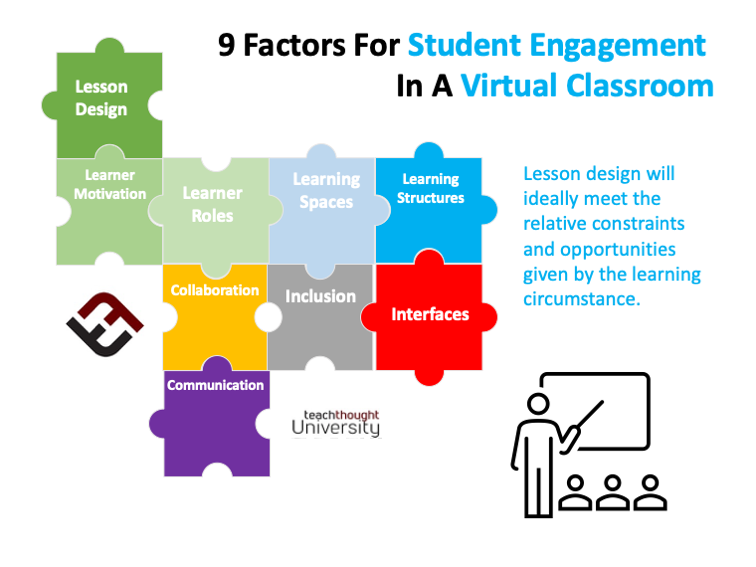
Principles of student engagement in a virtual classroom include learning spaces, lesson design, and equitable access.

Most of us are constantly being bombarded by digital distractions. The good news is that we can keep them from hindering our concentration.
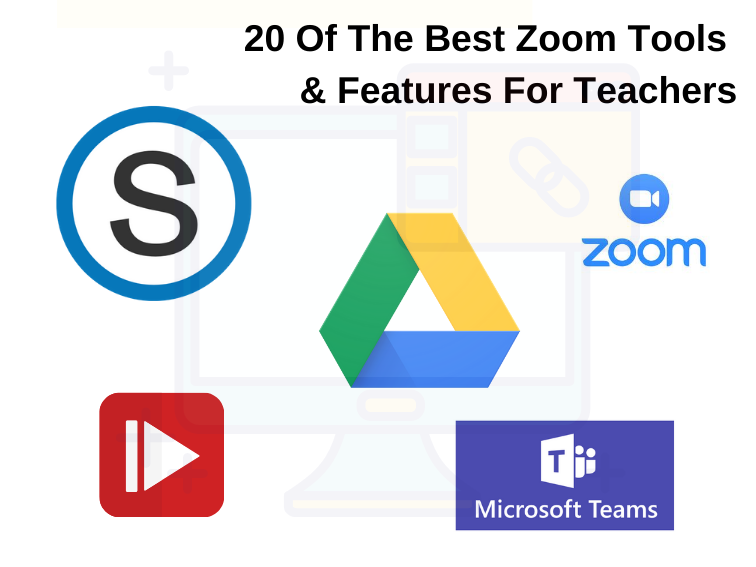
Zoom is a great platform but that doesn’t mean it can’t be extended and improved. Here are 20+ of the best Zoom tools for teachers.

While some keyboard shortcuts for Zoom don’t seem like shortcuts at all, some of the following may actually help your teaching.
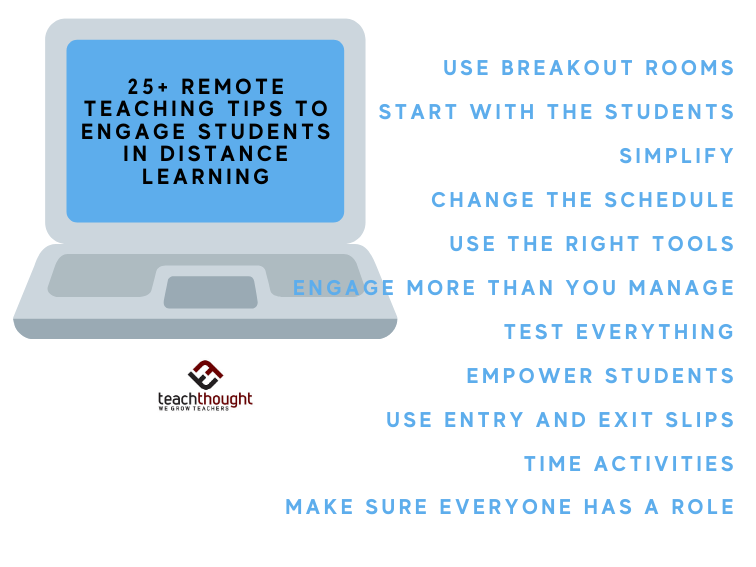
Don’t get distracted that everything is ‘different.’ Start with the student and their needs and the unique opportunities in front of them.
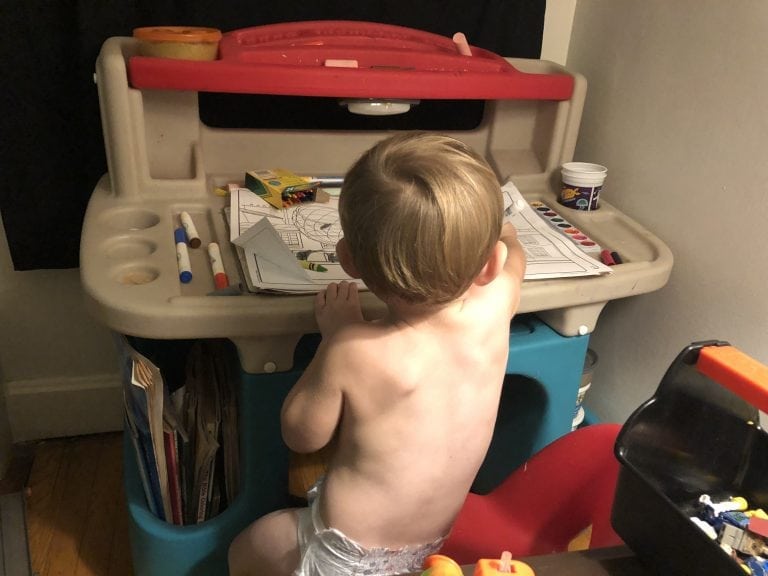
It’s time to shift focus from checking to see if students are completing remote learning assignments to checking if students are ‘okay.’
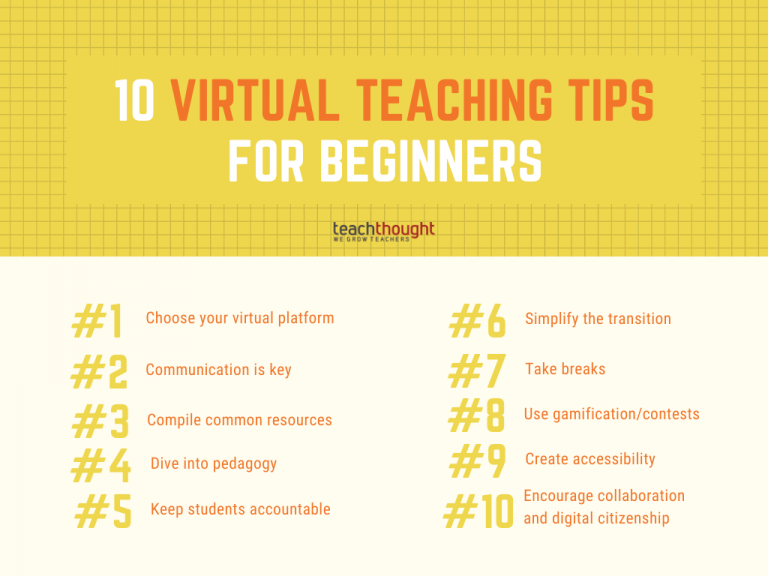
Virtual teaching tips aren’t much different than standard tips. Ultimately, it all boils down to prioritizing, simplifying & communication.

From levels of student engagement to additive grading to remote teaching, here are 10 of our most popular articles about student engagement.